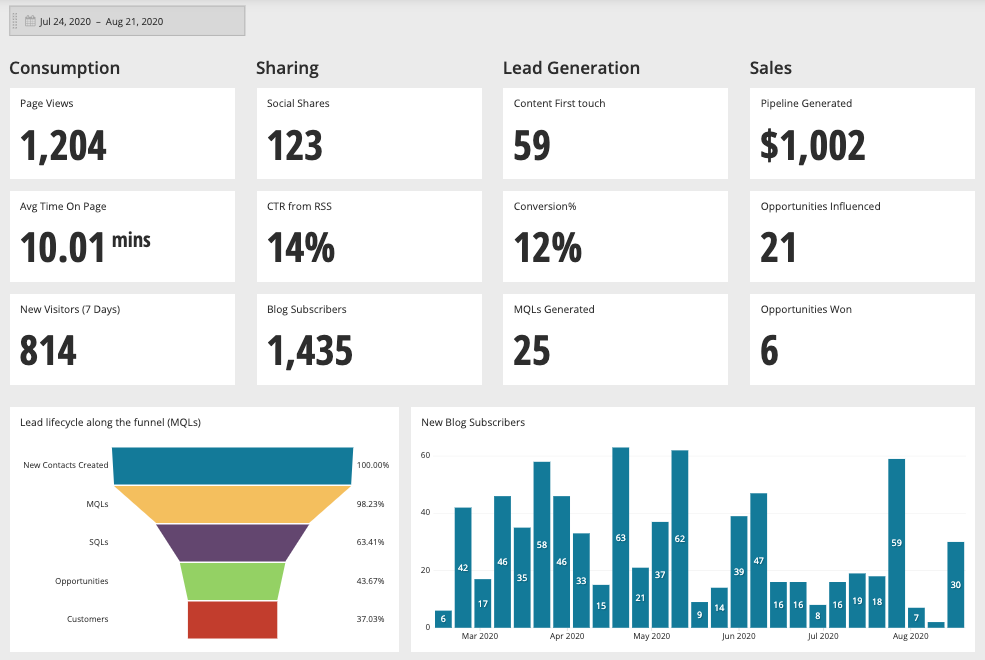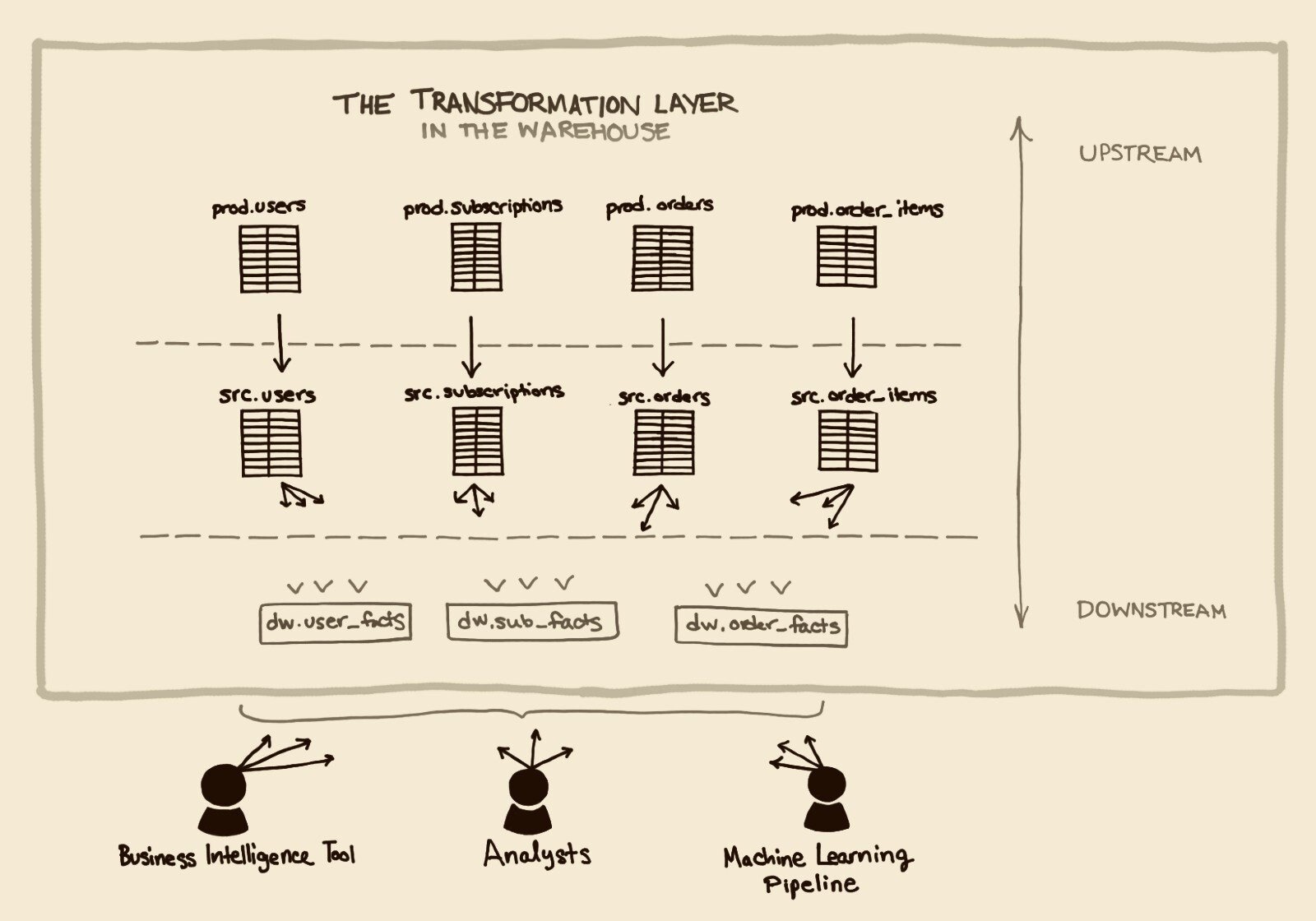How to Align Data with Business Strategies
Posted by on August 23, 2016 Data Governance
Data plays a critical role in running a business. As a data analyst, you understand the importance of data. But sometimes, it can be difficult to turn your technical aptitude into business insights.
As data analysts evaluate behavior through analytics tools, business-focused roles are interested in understanding the performance of their efforts—whether it’s Sales, Marketing or Customer Success.
Much like your company’s data, a data analyst cannot be siloed into his or her own world, running analyses separate from business conversations.
Data analysts and business users need to work with each other to improve the performance of their overall business. In this blog post, we’ll provide five examples on how to start the conversation and align data with business strategies.
Use Data to Verify Intuition
With data becoming increasingly available to everyone, no one should make a business decision in a vacuum. Yet, the debate between intuition versus data-driven decisions still exists today.
A lot of times, when companies are moving fast, some business decisions are intuition-driven. But, as a data analyst interested in bringing data into every conversation—the focus should be in letting data provide context and color for those decisions. That’s not to say that data is always going to tell you what to do. Rather, data should be used to bring weight and enrich business intuition.
Refining Target Personas
In a Forrester report, it found that 59% of B2B buyers and sellers prefer not to interact with a sales rep and 74% find buying from a website more convenient. As buyers become more sophisticated and empowered with technology, this is a great way where data can provide value to the conversation.
This value starts with collaborating with Marketing to create a precise target persona, which is created with a combination of raw data and a highly educated guess and research.
While marketers can create a skeleton target persona based on their company’s industry and current customers, they ultimately need raw data to help fine tune their assumptions and solidify a target persona.
In using a tool like Google Analytics, it captures behavioral, device, search words and demographic data from visitors flowing into a company’s website. Inside Google Analytics, you can see where visitors are coming from, at what time and their session duration—which is crucial when creating a highly personalized target persona.
Instead of setting up a dashboard for your Marketing team, inquire how data can be of value for their campaigns. Collaborate with the team and think about how to run analyses and uncover who is getting the most of of your product, so Marketing can create a precise persona.
Improving the Sales Pipeline
The importance of refining a target persona extends beyond Marketing’s efforts and has a direct relationship with the success of the Sales team. The more precise the target persona, the greater the quality of the overall sales pipeline, or the amount of potential revenue that is available for the Sales team to work and close.
Often times, the sales pipeline is clouded with limited information and riddled with intuition-based decisions, rather than data-driven ones. This is less than ideal because Sales is about being able to accurately forecast and predict revenue. So, data analysis is crucial to providing visibility into the sales pipeline.
In connecting CRM data with other sales-centric data sources, data analysts and the Sales team can run analyses on a few pipeline contributors such as:
-
Pipeline overview and health check
-
Pipeline breakdown by geography
-
Identify pipeline trends over time
-
Visualization of sales goal
Increase Customer Retention
As Sales is about bringing in new customers, the Customer Success department is focused on onboarding, training and ensuring that those customers are actively using the product and ultimately remain customers.
As a data analyst, you’re likely asked to analyze instances of customer retention. At times, this analysis is done by dumping data such as customer size, renewal amount, product usage, NPS scores, etc. into an Excel spreadsheet and crunching the numbers. This is a taxing process for such an important metric.
With a growing customer portfolio, Customer Success Managers are focused on increasing retention, but might not have the time to sift through a spreadsheet. So, data analysts should transform static spreadsheets into data visualizations that track retention rate.
Identify Opportunities for Growth
Alongside revenue, the other half of the battle in running a business is building a viable product that fulfills a market need. But even in building a product, there’s still a heavy reliance on data. It’s important to know how your product decisions will impact the overall business. This is where a data analyst can come in and measure the key product metrics that will quantify success for the business.
As a data analyst, you want to tackle your company’s biggest problems. Identifying opportunities for product growth and innovation is one of data’s most complex questions. To solve this question, it’s important that all the previous steps in Marketing, Sales, Customer Success and high-stakes decision-making isn’t based solely on intuition—but contextualized with data.
An engineer could place a native ad on your mobile platform based on intuition, whereas a data analyst will gather a handful of data points before making a decision. As a data analyst, you’ll ask questions around ad relevance, historical performance and overall effectiveness.
Challenge the Company to be Make Data Decisions
For a business to be successful, it needs to leverage both business acumen and data. With the influx and maturity of data analysis, companies need to be willing to change the way they make business decisions. So, it’s up to data analysts to lead the conversation and translate data-to-business decisions that optimize operations and performance.


